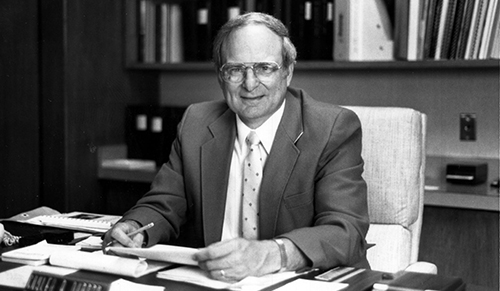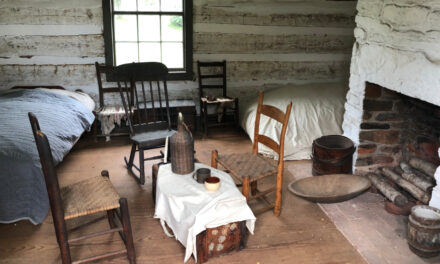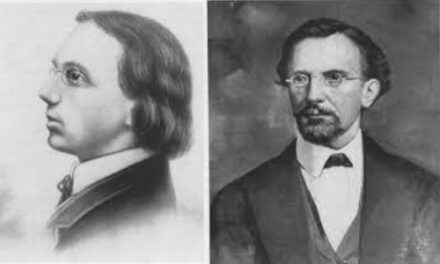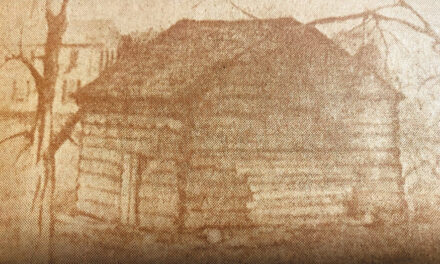
CVCC has an unusual distinction. Over its history it has had more names than presidents. If you are counting, the score is 4-3. What began as the Catawba County Industrial Education Center, then became Catawba Valley Technical Institute (folks called it “the tech”), then Catawba Valley Technical College. Now it is Catawba Valley Community College. Bob Paap started the whole thing from scratch and Dr. Garrett D. Hinshaw serves as the current president. But in between another man took the helm for almost 17 years, a pivotal time in the school’s history.
Dr. Cuylar A. Dunbar had already started a community college over in Tennessee. Right about the time Mr. Paap was creating the IEC in Hickory, Dunbar began his career teaching high school math and science. Once he got his doctorate from Auburn, he went back to his native state and became Dean of Students at Tennessee’s first community college. When plans to build Roane State Community College in Harriman came, Dr. Dunbar became its first president, the youngest in the state’s history, a feat similar to when Dr. Hinshaw came to Catawba Valley Community College.
After his first retirement, Dunbar took a look at CVCC and liked what he saw. “There’s a lot going on in Catawba County,” he said, “noticing right off” that the community had an “interest in having an outstanding educational system.” With a career’s worth of experience already (Roane State had a bigger budget but CVCC had a larger student body), he became the school’s second president.
Among the goals Dr. Dunbar intended to pursue was adult literacy, a problem that plagued the CVCC service area. The new college president noted that one in three adults in North Carolina could not read and 30,000 people in Catawba County had only an eighth-grade education. He got right to work. Luckily, he found an Alexander County woman that had been crusading to improve literacy for a decade when he arrived.
Once a housewife, Susie Barkley went back to school to get a degree from Lenoir-Rhyne, giving her empathy for the people she recruited. Saying, “I know what it’s like to be handicapped by lack of education,” Barkley became the only full-time CVCC employee in Alexander. She oversaw “more than 100” residents of the county taking classes each week. She also aggressively visited “county businesses, farms, churches, and restaurants looking for new students.” Over and over, she had to combat the “my daddy did OK with an eighth-grade education” mentality, reminding residents that times had changed. At their first meeting, Barkley “tried to convince Dunbar” that he needed to set up a “satellite GED testing center in Alexander County. Her conversations with reticent students told her that many felt “intimidated when they must travel to CVCC’s Hickory campus to take their tests.” She declared, “that might as well be Harvard for some of my students.”
The partnership between the Taylorsvillean and the Tennessean proved fruitful. He took Barkley’s suggestion and started beefed up offerings in Alexander County. By 1994, only five years into his time as president, the U.S. Department of Education named CVCC as one of “the 10 most outstanding adult education programs in the nation, “the only program chosen in North Carolina.”
Dr. Dunbar oversaw a period of strong growth for the college. He engaged in numerous initiatives that helped CVCC to continue to grow. Maybe one of his secrets to success was recognizing talent when he saw it.
Photo: Dr. Cuylar A. Dunbar as president of CVCC. As a thank you, the college named its five-story classroom building (the largest on campus) for him when he retired in 2006.









